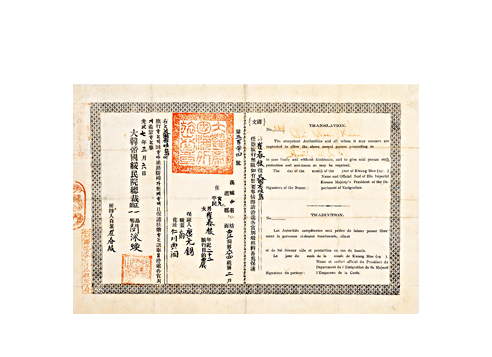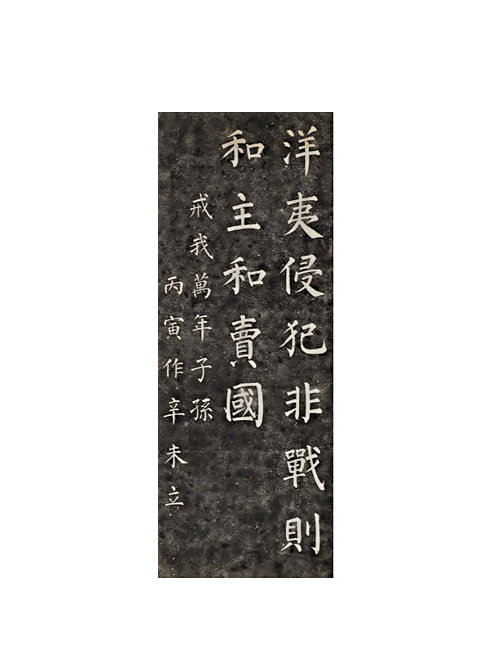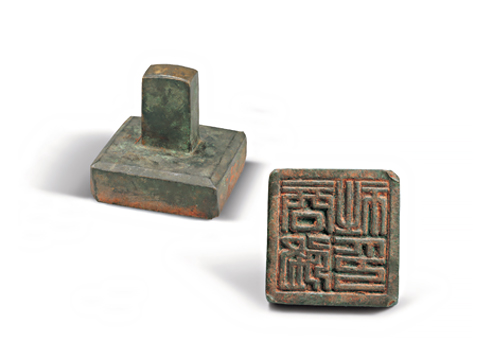The Modernization and the National Movement Room houses Silhak (Practical Learning) literature (the germination of modern thought during the late Joseon Dynasty), as well as Western astronomy and geographical literature, world maps from China, and Korean maps, giving a glance at the changes that occurred in the prevailing Joseon world view. Other items on display shed light on the Korean people’s national movement that emerged in response to foreign aggression in the late 19th century.
Permanent Exhibition
-
- Exhibition
- Permanent Exhibition
- Modernization and National Movement Hall
Category Title
- The Introduction of Western Science and the Development of Silhak (Korean Practical Learning)
- The Development of Astronomy and a Geography, and a World View Change
- The Development of Korean Geography and the Promotion of Patriotism
- National Isolation Policy and the Rejection of Heterodoxy
- Foreign Aggression and the Enlightenment Movement
- Japanese Colonial Rule and the Independence Movement
Joseon society in the mid-19th century reached a crossroads: it was faced with the option of pursuing a policy of continued isolation or opening itself in response to the onslaught of Western forces. In 1863, when King Gojong acceded to the throne, his father Heungseon Daewongun seized power. Regarding Western requests for commerce and trade as an act of aggression, he implemented national isolation policies. In the course of the Byeonginyangyo (the Joseon Dynasty's fight against the French Army) in 1866 and the Sinmiyangyo (the invasion of Korea by five U. S. warships) in 1871, Heungseon Daewongun built the Cheokhwabi (Monument Rejecting the West), which was intended as a warning to the people against foreign aggression. Daewongun implemented his isolation policies at the urging of Confucian scholars who rejected heterodoxy and sought to oppose the inflow of Western civilization and foreign aggression and to preserve Korea's traditions. However, after the opening up of the nation's ports to the wider world in 1876, enlightenment movements that sought to reform the conventional feudal order, accept advanced foreign civilization, and build a modern people-oriented nation finally emerged. Reformists strove to disseminate enlightenment thinking and heighten the people's awareness of the new mood through various newspapers and magazines.
.



